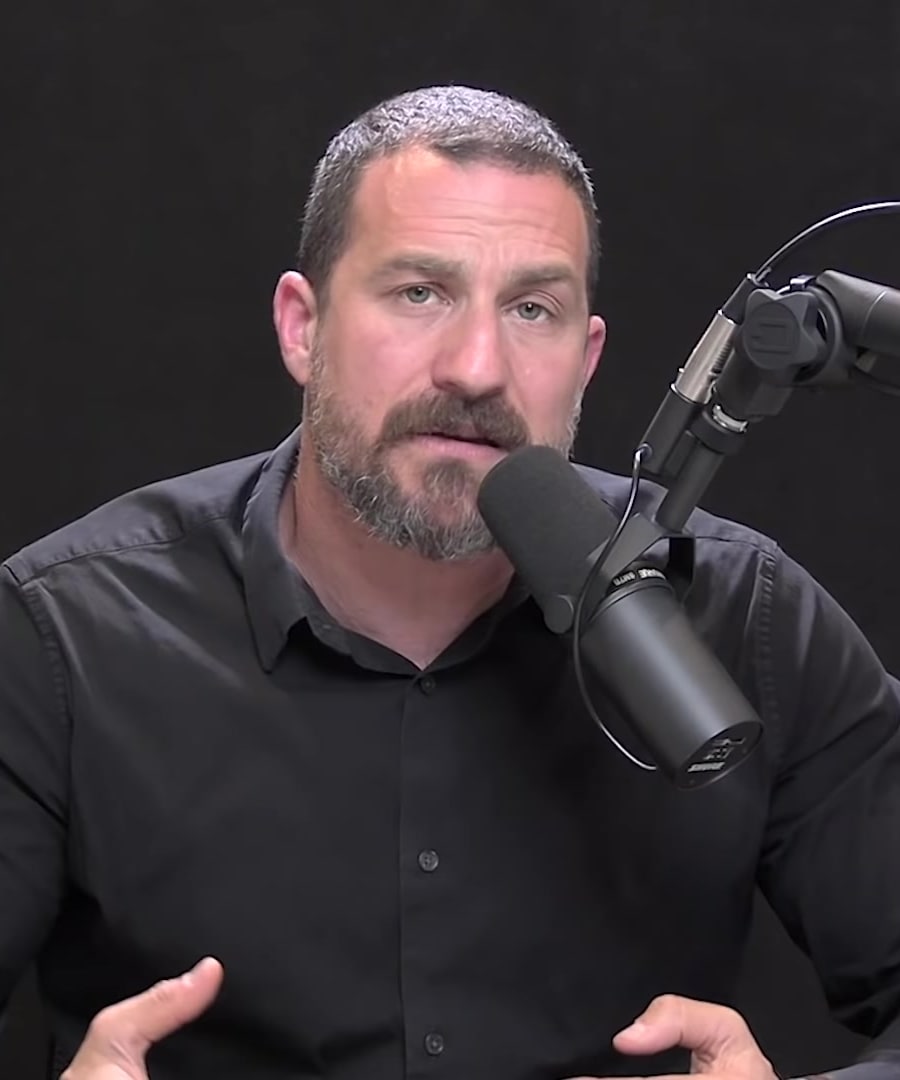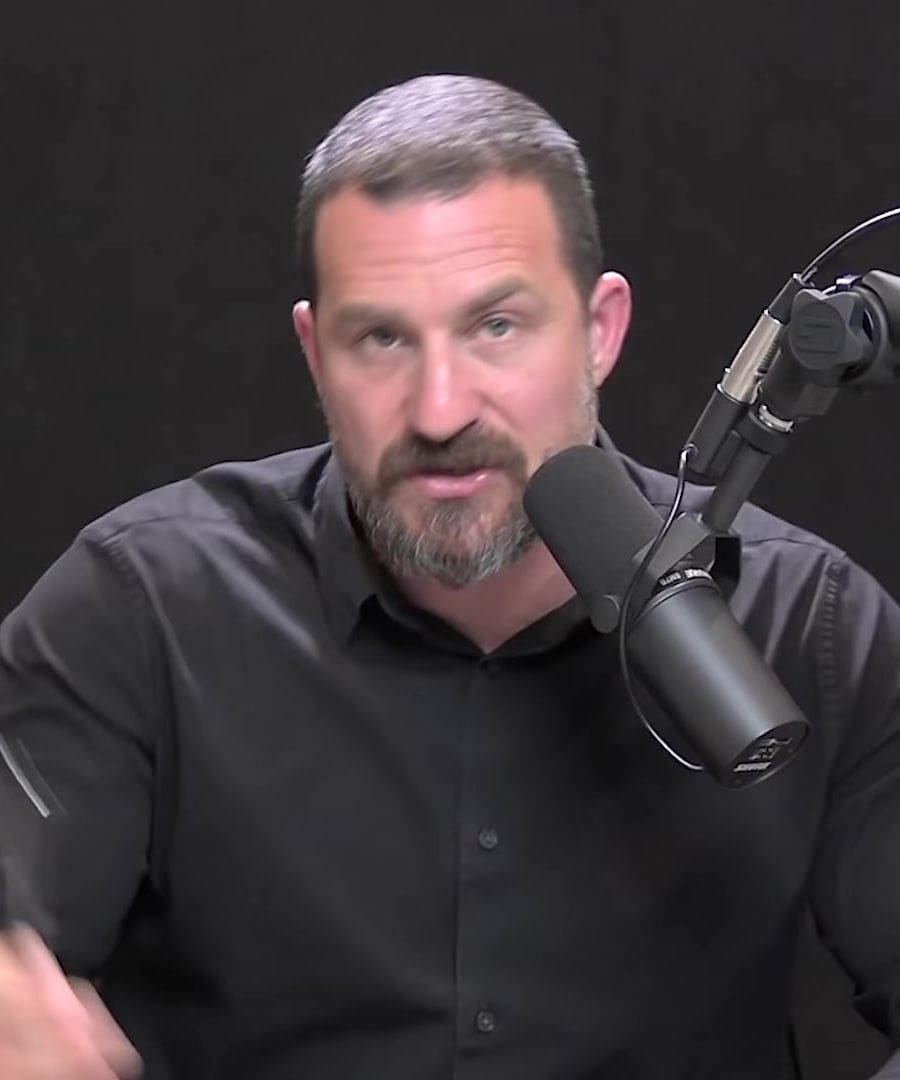My husband had a left occipital infarct a week ago and now has right superior quadrantanopia. He says the affected area is blurry/shimmery. Is it possible to improve vision in the affected area through enhancing neuroplasticity somehow? Such as in the form of eye exercises or other treatments? Or is visual rehabilitation about compensatory strategies to deal with permanent vision loss in that area?
Sources:
After a left occipital infarct with resulting right superior quadrantanopia, there are indeed strategies that may help improve vision through neuroplasticity. suggests engaging in activities that produce "self-generated optic flow"—this includes walking, biking, or any activity where the motion is self-generated and there is a flow of visual images that pass by in your field of view. These activities are beneficial for both the visual system and mood regulation, and are recommended as a way to possibly enhance and improve vision quality over time. He emphasizes that these activities are a form of visual behavior that can be zero cost and can be incorporated into daily routines [1 ].
It's also important to manage expectations with neuroplasticity and vision recovery; while it might not entirely restore vision, it can potentially improve the quality of the vision that remains. Direct interventions such as tailored eye exercises or specific therapies should be discussed with a healthcare provider specializing in visual rehabilitation, as they can provide personalized recommendations and possibly integrate more structured neuroplasticity-based exercises suited to individual needs.
RELATED QUESTIONSWhat are some specific neuroplasticity exercises that can help with vision recovery?
Sources:
For vision recovery through neuroplasticity, there are a few specific exercises discussed on the that may be beneficial:
-
Pencil Push-Ups: This involves taking a pencil or pen, holding it at arm's length, and then slowly moving it towards your nose until the point where it starts to blur. You then move it back out again. This exercise helps to train convergence and accommodation of the eyes. It's suggested for issues like convergence insufficiency and could potentially aid vision impacted by brain injuries such as concussions. Performing 10-25 repetitions once or twice a day, several times a week, is recommended [1 ].
-
Accommodation and Vergence Exercises: Here, you alternate focusing on an object (e.g., a pen) as it moves from a distance to close up and back, over a period of several minutes. It challenges the eye muscles by requiring frequent changes in focus, which can aid in strengthening the visual system and potentially improving eye health and visual acuity [2 ].
These exercises are meant to challenge and stimulate the visual system, potentially aiding in recovery and strengthening neuroplastic capabilities. For any specific conditions or needs, these exercises should be adapted or supervised by a healthcare provider specializing in visual rehabilitation.
RELATED QUESTIONS-
Summarize The Science of Vision, Eye Health & Seeing Better | Huberman Lab Podcast #24
The from the , hosted by , delves deeply into the intricacies of human vision and eye health. Key topics covered include:
- Understanding Vision: The episode discusses the basic science of how we see, including how light and color are processed by the eyes and brain.
- Improving Vision: Various methods to enhance vision naturally are explored, such as specific exercises for eye accommodation and using smooth pursuits to train eye movements.
- Health and Maintenance: The discussion extends to practical tips on preventing common issues like myopia by spending more time outdoors, and the importance of blinking for those with dry eyes.
- Nutritional Support: It highlights the role of nutrition in eye health, stressing on nutrients like lutein for the macula and other overall vision supplements.
- Protocols for Better Eye Health: Specific protocols, such as the 'Sunlight Protocol' for better light exposure, are detailed to help maintain and enhance visual health.
Overall, the episode serves as a comprehensive guide on understanding, maintaining, and improving the health of one's visual system through science-based tools and methods.
RELATED QUESTIONS
My husband had a left occipital infarct a week ago and now has right superior quadrantanopia. He says the affected area is blurry/shimmery. Is it possible to improve vision in the affected area through enhancing neuroplasticity somehow? Such as in the form of eye exercises or other treatments? Or is visual rehabilitation about compensatory strategies to deal with permanent vision loss in that area?
- RELATED QUESTIONS
What are some specific neuroplasticity exercises that can help with vision recovery?
- RELATED QUESTIONS
Summarize The Science of Vision, Eye Health & Seeing Better | Huberman Lab Podcast #24
- RELATED QUESTIONS


